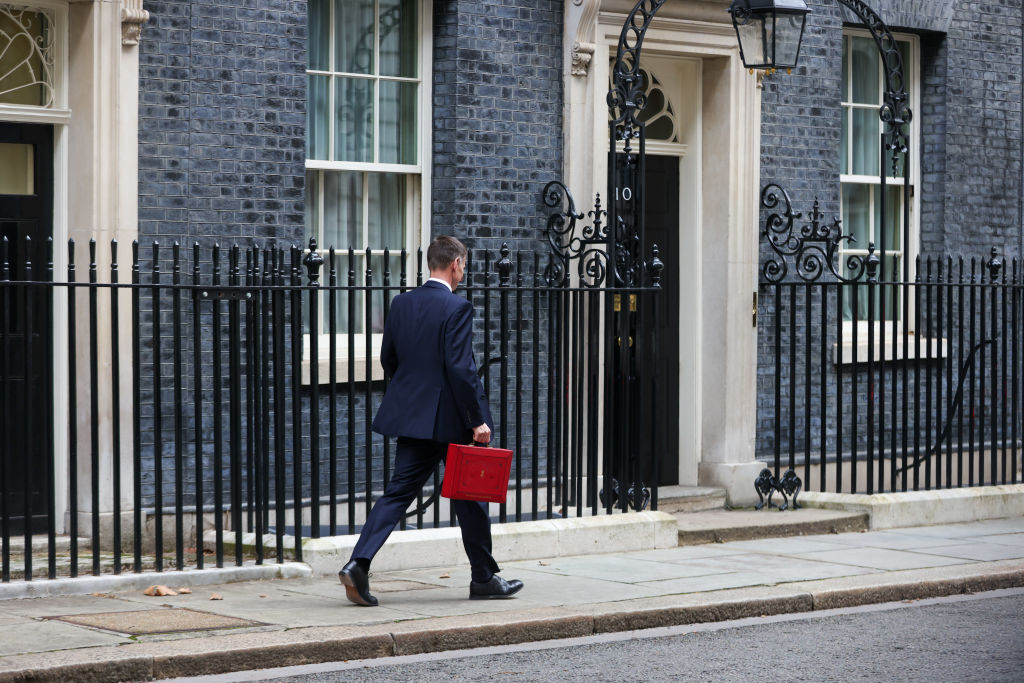State support for small businesses on the slide
Government aid for small firms is winding down. Make plans now.

Small businesses and self-employed workers claiming support from the government have some planning to do. The Job Retention Scheme (JRS) and the Self-Employment Income Support Scheme (SEISS) will both now become less generous and will end in October and August respectively.
The JRS allows companies to lay staff off for a period – put them on furlough – but continue paying them by claiming up to 80% of wage costs from the government. This support is available until the end of July, but while the JRS will then continue until 31 October, employers will be expected to contribute more, according to plans set out last week by chancellor Rishi Sunak. In August, they’ll be asked to pay employers’ national insurance contributions and pension contributions, which the JRS currently covers. In September and October, the government’s contribution to wages will fall to 70% and 60% respectively.
Consider your staffing costs
Employers therefore need to start thinking about what labour they will need in the months ahead and what they can afford. This will vary according to when your firm can return to more normal working patterns and how sales recover. But try to make at least some forecasts.
MoneyWeek
Subscribe to MoneyWeek today and get your first six magazine issues absolutely FREE

Sign up to Money Morning
Don't miss the latest investment and personal finances news, market analysis, plus money-saving tips with our free twice-daily newsletter
Don't miss the latest investment and personal finances news, market analysis, plus money-saving tips with our free twice-daily newsletter
Many businesses will still be able to claim help with the cost of national insurance from the Employment Allowance, so factor that into your estimates. Also, around 40% of employers haven’t been claiming for the cost of pension contributions, so the impact of asking businesses to pay these from August may be less damaging than expected.
The JRS will close to new entrants on 30 June, so you won’t be able to claim any help for staff you haven’t furloughed before then. You also need to understand how the rules on redundancies work. If you think you won’t be able to keep all staff on as the JRS is withdrawn, there are strict rules on consultation and notice periods to follow.
More positively, the chancellor has agreed that from 1 July it will be possible for furloughed workers to return to work on a part-time basis. In other words, you’ll be able to bring staff in for the hours that you need them while continuing to claim support to pay their salaries for the time when they’re at home. This could provide crucial flexibility for businesses getting up and running gradually.
As for the SEISS, this is the scheme aimed at self-employed workers – but not those who run limited companies – earning less than £50,000 a year. The first grants from this scheme, worth 80% of average profits but capped at £7,500, should have begun arriving in bank accounts in recent days. They cover the period from March to May. The government will also pay a second grant to cover June, July and August, with payments calculated using the same formula, but capped at £6,750.
Get your claim in for SEISS support quickly: applications for the first grant must be made online to HM Revenue & Customs by 13 July, with the second grant process then beginning in August. HMRC is supposed to have contacted all the self-employed workers it thinks are eligible for help, but some people may have slipped through the net. Check the Gov.uk website if you think you fit the criteria but have heard nothing.
Get the latest financial news, insights and expert analysis from our award-winning MoneyWeek team, to help you understand what really matters when it comes to your finances.

David Prosser is a regular MoneyWeek columnist, writing on small business and entrepreneurship, as well as pensions and other forms of tax-efficient savings and investments. David has been a financial journalist for almost 30 years, specialising initially in personal finance, and then in broader business coverage. He has worked for national newspaper groups including The Financial Times, The Guardian and Observer, Express Newspapers and, most recently, The Independent, where he served for more than three years as business editor.
-
 Why Trustpilot is a stock to watch for e-commerce exposure
Why Trustpilot is a stock to watch for e-commerce exposureTrustpilot has built a defensible position in one of the most critical areas of the internet: the infrastructure of trust, says Jamie Ward
-
 Tetragon Financial: An investment trust with stellar returns
Tetragon Financial: An investment trust with stellar returnsTetragon Financial has performed very well, but it won't appeal to most investors – there are clear reasons for the huge discount, says Rupert Hargreaves
-
 UK wages grow at a record pace
UK wages grow at a record paceThe latest UK wages data will add pressure on the BoE to push interest rates even higher.
-
 Trapped in a time of zombie government
Trapped in a time of zombie governmentIt’s not just companies that are eking out an existence, says Max King. The state is in the twilight zone too.
-
 America is in deep denial over debt
America is in deep denial over debtThe downgrade in America’s credit rating was much criticised by the US government, says Alex Rankine. But was it a long time coming?
-
 UK economy avoids stagnation with surprise growth
UK economy avoids stagnation with surprise growthGross domestic product increased by 0.2% in the second quarter and by 0.5% in June
-
 Bank of England raises interest rates to 5.25%
Bank of England raises interest rates to 5.25%The Bank has hiked rates from 5% to 5.25%, marking the 14th increase in a row. We explain what it means for savers and homeowners - and whether more rate rises are on the horizon
-
 UK inflation remains at 8.7% ‒ what it means for your money
UK inflation remains at 8.7% ‒ what it means for your moneyInflation was unmoved at 8.7% in the 12 months to May. What does this ‘sticky’ rate of inflation mean for your money?
-
 Would a food price cap actually work?
Would a food price cap actually work?Analysis The government is discussing plans to cap the prices of essentials. But could this intervention do more harm than good?
-
 Is my pay keeping up with inflation?
Is my pay keeping up with inflation?Analysis High inflation means take home pay is being eroded in real terms. An online calculator reveals the pay rise you need to match the rising cost of living - and how much worse off you are without it.